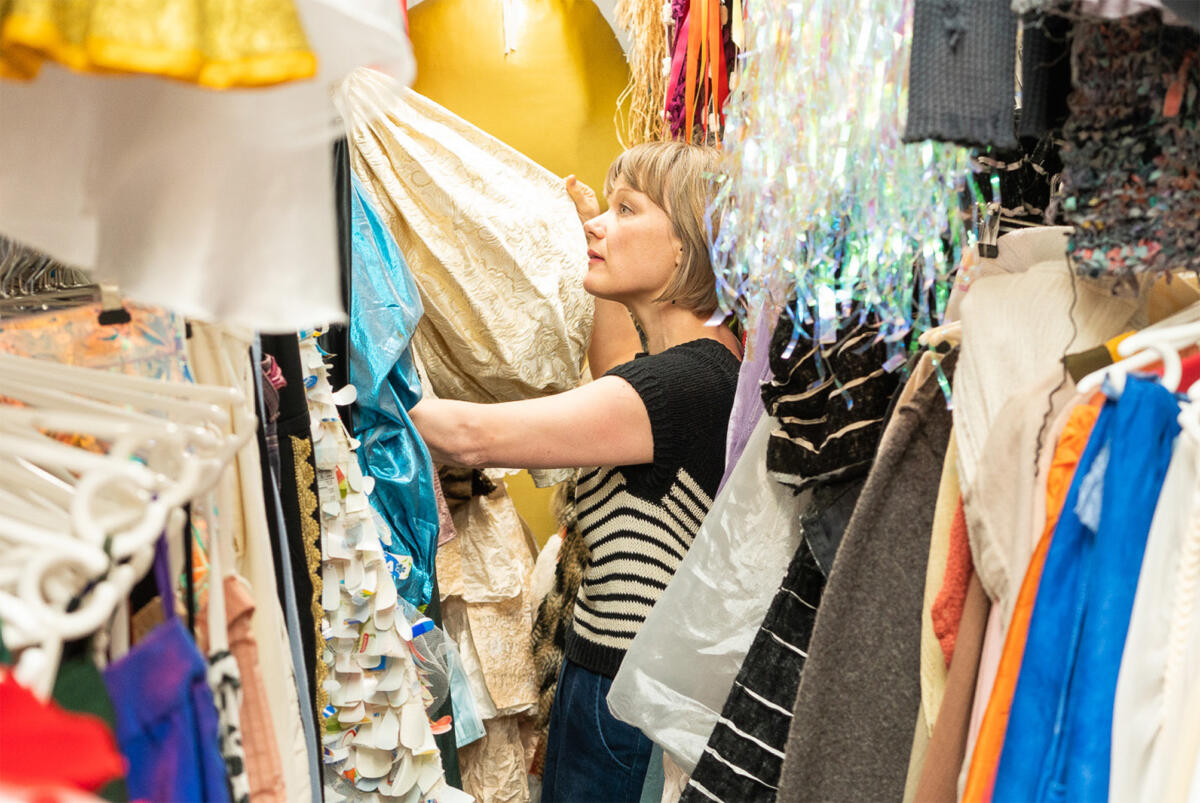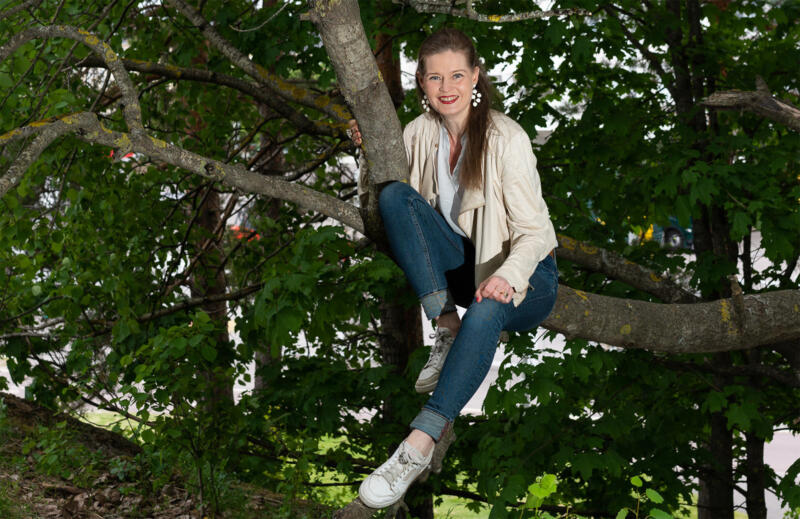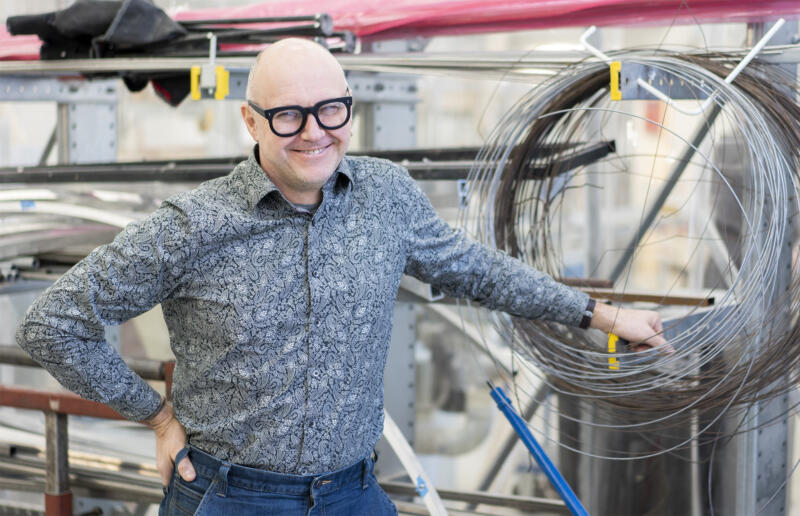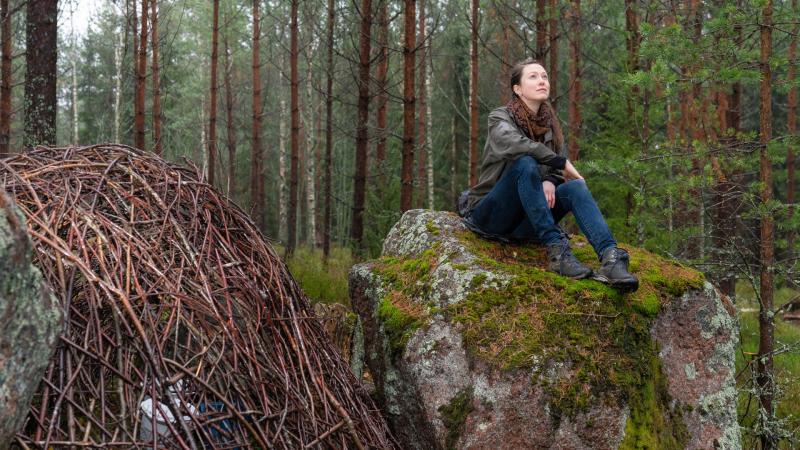Head of Wardrobe Kati Autere: “It’s important to support studying that promotes sustainable practices”
Kati Autere, who works as the head of wardrobe at the Theatre Academy, says that the use of recycled materials and the meticulous care of clothes are the daily cornerstones of work in the wardrobe department. This article is part of a series where we interview Uniarts Helsinki employees and students concerning themes that relate to ecological sustainability.

How have themes, questions or practices of ecological sustainability been visible in your own work or studies now or in the past?
Eco-consciousness is part of our work in the wardrobe team, because we deal with concrete materials. The wardrobe team has always worked within the framework of the budget that is available, so the utilisation of our big storage, recycling and reuse are standard practices for us. Ecological issues also affect our material purchases, work methods and costume maintenance. So ecology has been part of our activities for quite some time already.
During the past ten years or so, costume design students, in particular, have raised questions on ecological sustainability especially when making material choices. As a result of this, we who work in the wardrobe department have received confirmation that we need to operate in a sustainable way and be able to justify our ways of doing things also from an environmental point of view. We have improved our knowledge and competence in ecological sustainability so that we can do our own part in meeting students’ needs and so that we can support students in creating sustainable wardrobes and productions.
We highlight practices that promote ecological sustainability whenever we give new students an introduction to using the wardrobe storage and working with the wardrobe team. In spring 2023, we teamed up with the stage, props and lighting/sound/AV departments and published the Guide for sustainable artistic work at the Theatre Academy, which is aimed at students. In addition to this, we have collaborated with costume design teacher Susanna Suurla from Aalto University to compile tips for how costume designers can affect the sustainability of wardrobe already during the design stage. Sometimes the performances themselves deal with ecological themes, in which case the topic is present in our work even more prominently.
Why do you think ecological sustainability is important or interesting in your own work or studies?
Considering the global situation, I want to make an impact on things that I can as an individual in my work. In a sustainable world, art and wardrobe have their own important place, and it’s good to aim for creating art and managing wardrobes in a sustainable way.
What is Uniarts Helsinki’s role in environmental issues or what should it be?
Uniarts Helsinki educates artists who bring along sustainable practices with them when they enter the professional arts sector and then develop these practices further. It’s important that we can support students’ opportunity to train art-making in an autonomous and experimental manner in accordance with sustainable practices during their study years here.
The fourth goal in Uniarts Helsinki’s strategy is that “art is part of the solution to the ecological sustainability crisis”. What does that make you think? If art is or was part of the solution, what kinds of things could that mean in practice?
Art has an impact on people, which means that artistic content can be part of the solution, even though it’s obviously not necessary that all art deals with the environment or ecological themes.
What is the most essential thing about Uniarts Helsinki’s environmental programme for you?
It’s wonderful that we now have an environmental programme that presents several concrete measures. For example, the updating of the Travel Policy that is linked to the environmental programme is an important part of the promotion of ecological sustainability in our activities.
What kind of art has made an impact on you? And how? You can tell an example.
Teemestarin kirja by Emmi Itäranta was a fantastic depiction of a dystopia, and it stuck with me and made me think of things also due to its environmental themes.


